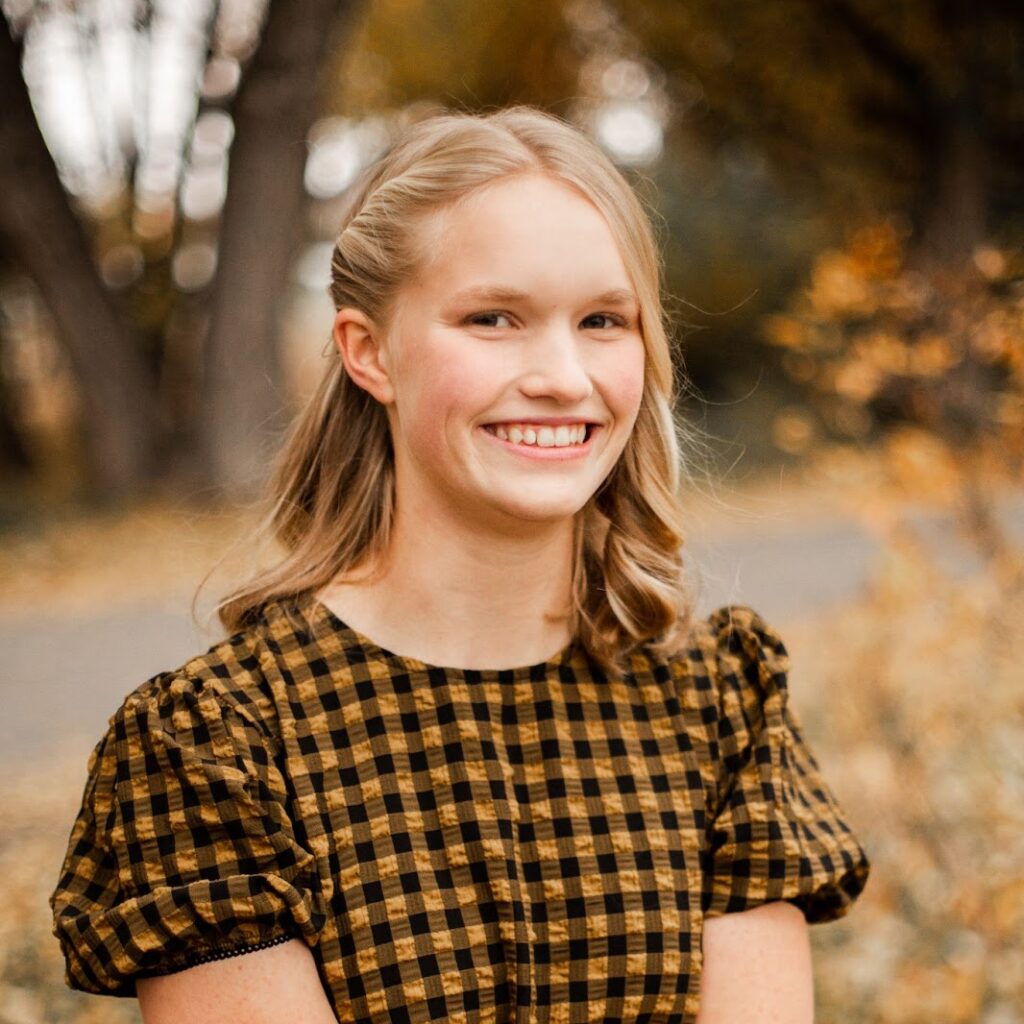
Writing Large Casts

I love reading books with large casts of characters. All these characters scrambling around can add a lot of fun to a story, and it reminds me so much of the crazy adventures my siblings and I have. A few years ago, I tried to replicate this and write a story with multiple protagonists. With major plot holes, boring characters, and unbelievable events, it’s not great. I couldn’t grasp what was happening, and was just very, very confused. I was trying to read this scattered mess of a story recently, and I’ve decided I’m not going to edit it for at least another 5 years.
It needs a lot of TLC. And the thing that takes the cake for making this story so hard to read was not the terrible prose, random plot holes, or anything like that. No, it was confusing to read because of how many main characters I had. Each chapter was a different POV (Point of View or Ponchos on Velociraptors) alternating between people named Lilly, Lillian, Lucy, Lucianne, Leanne, Leannah, Leah, Lele, and I think Lilith, (but there was only a fragment of a chapter about her) I didn’t understand any of the character’s backstories or motives, and every character was named too similarly. It all descended into a chaotic mess.
Writing large casts can definitely be fun, if it’s done in a not-very-confusing way. If your reader is confused as to who is who and who is doing what, then that will distract from the main story. So this week, I did what I do best: looking at a ton of books with large casts and seeing how they work, and now I’ve compiled some tricks to actually write these big casts.
“Anything can kill you as long as there’s enough of it.”
(Thank you to my brothers for these great quotes/headings)
But seriously. Large casts can work, as long as the cast isn’t too big. There is a limit between how many people you can switch between before the story stops making sense. And from there, you need to decide how often to switch the POV.
Some books switch sporadically, others switch every chapter. You can do what you want with this. But I have noticed a few things. There are books that switch between 2-6 main characters. (Like in Six of Crows) And then there are books that switch between a number of main characters, but have the occasional side character POV (like in The Raven Cycle) So there are definitely multiple ways you can write a larger cast.
“I have one done, just a million more to go.”
While I was trying to write my epic-fail story with a large cast, I didn’t write down who was who. This resulted in a lot of confusion, plot holes, and 3 characters came from a snowy tundra riding on a bear. So I highly recommend having an outline/information about your characters on hand when writing the story
“It’s the little things that count…
… like worms.”
Let’s take a look at The Raven Cycle. For the first few chapters, I was extremely confused as to who was who and who did what. But then, I was able to get it sorted out, thanks to little nuggets of information that kept being repeated. Gansey and his mint leaves, Adam and the Coca Cola t-shirt. Blue and her yogurt cups. These little things were constantly repeated, adding a bit of realism to the story. Having an item or quirk that you can instantly place with a character can help a lot.
Give you characters little quirks. Maybe one character refuses to eat shrimp. Or maybe someone hates having dry hands, so they constantly have a bottle of travel lotion. These little quirks can add humor, help your confuzzled readers, and add dynamic to the characters.
“I can make my voice sound like a dead frog.”
Each and every one of us talks a bit differently. Our thoughts are different, our reasoning is different, the way we talk is different. Your characters should have different voices too. This can help differentiate which section/chapter is which characters’ POV.
Here’s a fun exercise. Have each of your characters describe a tree or another item or something. For funsies, I decided to ask 4 of my characters to describe a mountain:
Character 1: “Tall, duh. They have trees and bears. Oh! And ski hills.”
Character 2: “Reaching up into the sky, with snow capping the tops and trees clinging to the sides.”
Character 3:”Scary gravel roads.”
Character 4: “Bugs and ants that crawl on your skin and make you itch. And birds that sing even in the middle of the night. But a pretty peacefulness.”
Granted, two of these characters are ghosts and another lives in a magical desert, but adding some spice to your characters’ voices and internal monologue can be really really fun!

Writing a big cast of characters can be a daunting task. You can get confuzzled, or your readers can get confuzzled. But the payoff is awesome and makes the process all worth it.
I hope these tips help you! What are some of your favorite ways of keeping large casts straight? What are your favorite books with multiple main characters? I hope you have a great rest of the day!
-Hannah
2 comments
Hi! I’m Hannah, a crazy pen-wielding, jack-of-all-trades writer. I write contemporary stories with a magical (or vintage!) twist, usually featuring big families, delicious food, and a few tear jerking scenes. When I’m not writing, you could find me camping, sewing, hiking, cycling, skiing, playing violin or piano, reading, and many other “-ing” words.

Love your headings! I tend to write huge casts (my current project has 2 main characters, plus five strong side characters). I’ve learned to parents down the POVs, and keep the names very different. I should have them describe a mountain – that is an awesome idea, by the way.
Haha! The headings were a ton of fun to do. That’s a cool idea to have main characters and strong side characters!